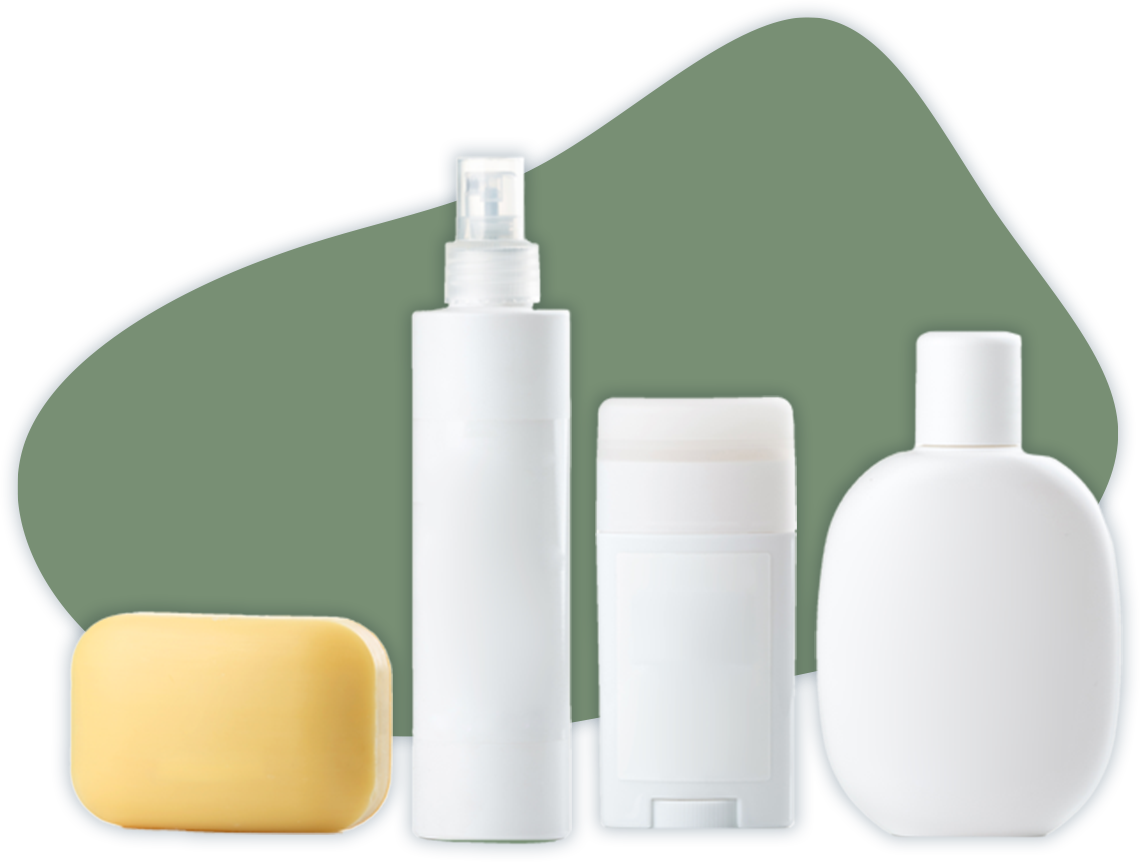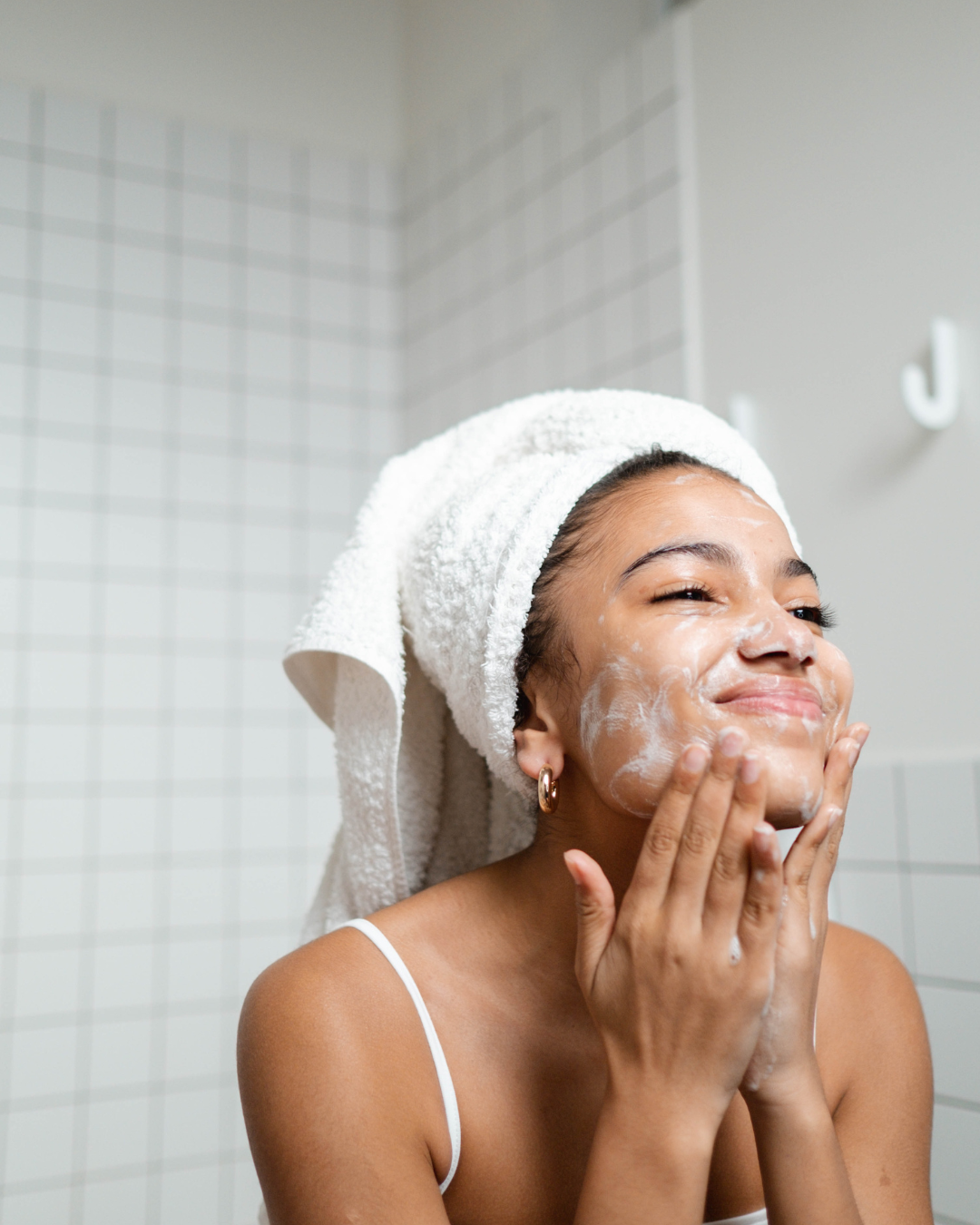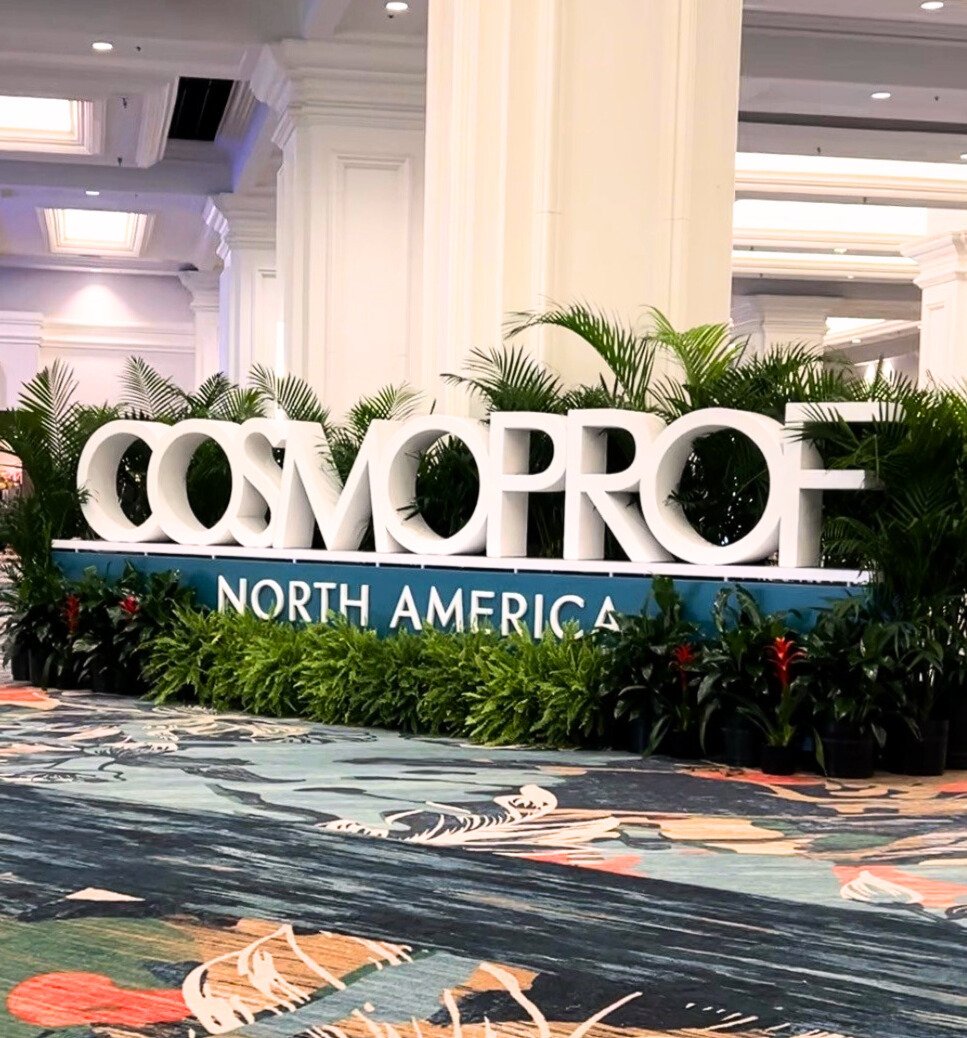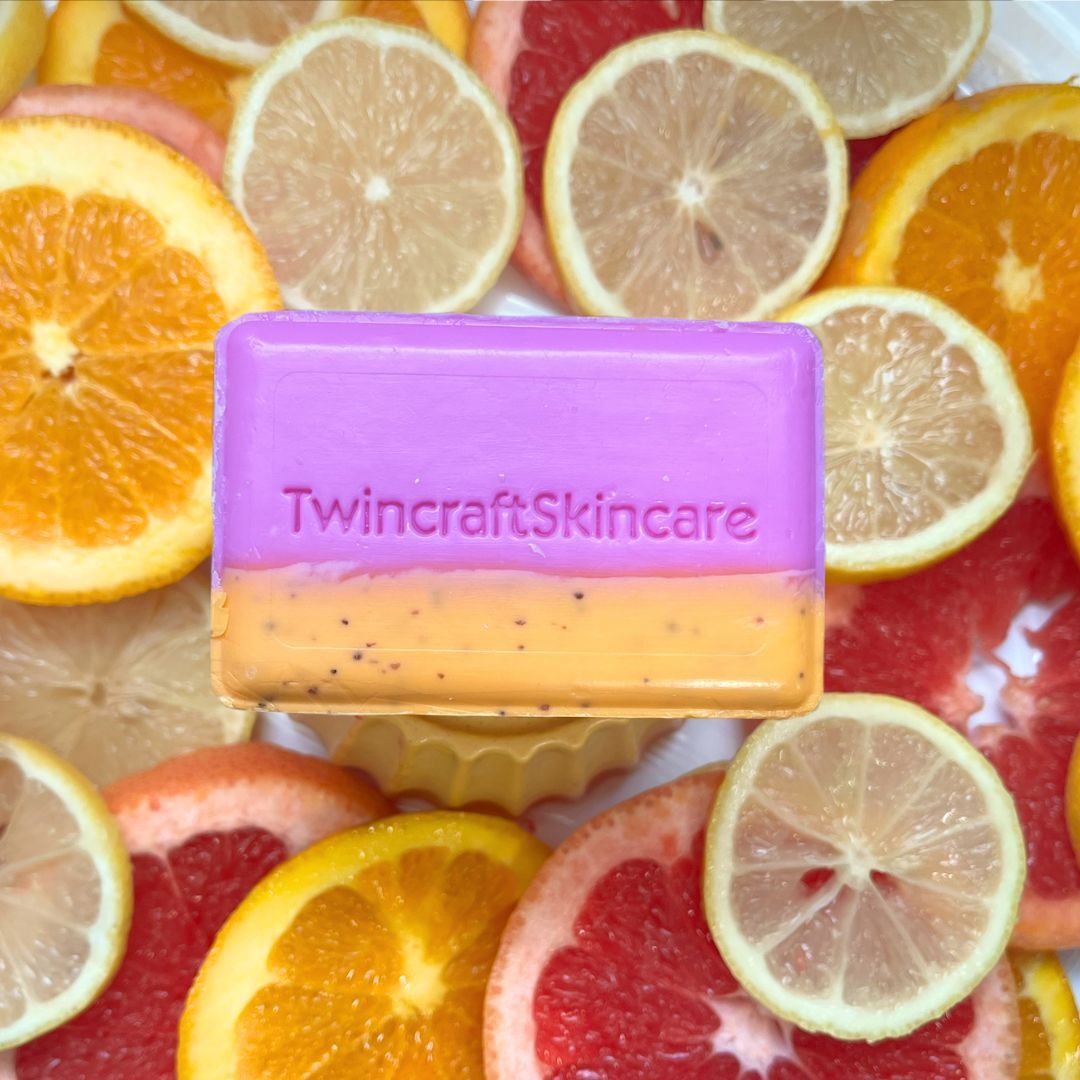Microbiome is one of the most popular terms in personal care today, and this trend is fueled by the trillions of microorganisms crawling on the skin and the money to be made by selling products that support them.
What is the Microbiome?
To the naked eye, a freshly washed face appears to be clean, but upon closer inspection at a microscopic level, that skin should be a bustling microbiome, covered by trillions of different microorganisms called microbiota.
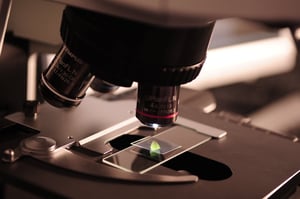 This microbiome includes fungi, parasites, bacteria, and viruses, all of which should coexist in a balanced ecosystem. The microbiome is even considered a supporting organ of the body because it plays so many key roles in maintaining proper health inside and outside of the body, but it comes in to contact with variables on a daily basis that can disrupt it, and its host’s, overall health.¹
This microbiome includes fungi, parasites, bacteria, and viruses, all of which should coexist in a balanced ecosystem. The microbiome is even considered a supporting organ of the body because it plays so many key roles in maintaining proper health inside and outside of the body, but it comes in to contact with variables on a daily basis that can disrupt it, and its host’s, overall health.¹
Each individual has a unique microbiota, determined by DNA. The human body is first exposed to microorganisms as an infant, and its makeup depends on the environment around it. Environmental exposures and diet impact the microbiome later in life, and can either hurt or harm a human’s overall health and risk for disease.
The microbiome is made up of microbes that are both helpful and potentially harmful. Symbiotic microbes benefit both the human body and microbiota, while pathogenic ones promote disease. In a healthy environment, pathogenic and symbiotic microbiota coexist peacefully, but if a disturbance from an external source impacts that balance, dysbiosis occurs, leaving the body more susceptible to disease and other forms of damage. ²
Gut Microbiome
Microbiome health is much more largely understood and supported by the medical community in relation to digestion and the gut than for skin. The body’s digestive tract is home to nearly 99% of its entire microbiome, and when this system is out of balance, it results in gastrointestinal issues.
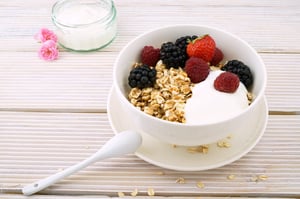 Food and drink trends of the last several years support the rise in awareness of gut and microbiome health, with fermented and microbe-rich food such as kefir, miso, kombucha, and dairy and non-dairy yogurt continuing to increase in popularity with wider distribution.
Food and drink trends of the last several years support the rise in awareness of gut and microbiome health, with fermented and microbe-rich food such as kefir, miso, kombucha, and dairy and non-dairy yogurt continuing to increase in popularity with wider distribution.
There is a significant link between food, digestion, and overall skin health. Research shows that a healthier digestive system and the introduction of more probiotic-rich foods has a positive impact on skin conditions such as acne and psoriasis, and customers are more interested than ever before in “beauty from within.”
So, how can the microbiome be supported at a topical level?³
Microbiome and the Skin
Skin microbiota: microorganisms on the skin, including bacteria, fungi, and viruses, which varies for each individual, and for each body part on a person
Skin microbiome: the DNA of the skin microbiota⁴
In a healthy ecosystem, the skin serves as a source of nourishment for the microbiota, providing dead skin cells, fatty acids in the form of sweat, lipids, and sebum. In turn, microorganisms provide skin benefits and protection, including antimicrobial peptides and immune system support

In an unhealthy system with a missing or imbalanced microbiome, the absence of skin flora means that this barrier has no protection, which results in inflammation and an overload of the immune system.
In healthy skin, microbiota form a protective film or barrier over the skin, which is self-sustaining and repairing, protects against foreign species, prevents the dominance of specific species and infections, and provides skin with protection and essential molecules. A healthy skin microbiome protects us from pathogens, damage, and dryness, and leads to healthy, glowing, and hydrated skin.
When this function is disrupted, different skin conditions have the opportunity to flourish.
This barrier can be compromised by many everyday activities and the use of certain personal care products, which is why products with microbiome support are at the forefront of skincare development discussions. Such causes of skin microbiota imbalances include:

- Misplaced microorganisms, which can cause serious infections
- Changes in “food,” such as a new cosmetic, lotion, or a change in hormones, which can cause specific to become dominant, such as P. Acnes
- Changes in environment, pollution, UV exposure, moisture levels, or heat, which can cause some species to thrive or die off
- Disinfectant, preservatives, and antibiotics, which severely impact population of microbiota
- Aggressive products, including drying shower gels or harsh shampoo, which also remove the “food” that the microbiota require
- Age, as aging skin produces fewer skin cells, less sebum, and lower amounts of lipids, all of which translate to less “food”
These imbalances can result from not wearing proper sun protection, over-exfoliating with frequent chemical peels, aggressive acne treatments, and many other practices that an individual may not understand is doing harm at a microscopic level.⁵
Skin Problems Sustained that Relate to Microbiome Imbalances⁶
| Condition: | Examples of Microorganisms Involved: |
| Acne | P. acnes, S. epidermidis |
| Atopic Dermatitis | S. Aureus |
| Rosacea | B. oleronius, S. epidermidis |
| Dandruff | Malassezia species |
| Psoriasis - Scalp | Malassezia |
| Psoriasis - Skin | Candida, S. aureus |
| Diaper Rash | C. albicans |
| Beard Irritation | Tinea, S. Aureus, Candida |
Because the microbiome is so diverse, there isn't a 'one size fits all' formulation approach to support and heal it.
To help address this wide spectrum of issues, there are four main approaches for skincare brands to address the microbiome and support a healthy and balance ecosystem on the skin:
- Prebiotics – Featuring food ingredients that induce bacterial growth
- Probiotics – Delivering microorganisms, usually in the form of living bacteria, which are believed to provide health benefits upon consumption or application
- Postbiotics – Applying bacteria-derived ingredients, such as enzymes, peptides, or lactic acid
- Biome-Support – Using ingredients that do not harm the beneficial bacteria of the skin, which the opportunity to mimic and support the natural healthy skin barrier⁷
Many early products that fell underneath this trend focus on the idea of probiotic-rich skincare. As with digestive supplements, this poses the challenge of keeping live cultures alive in order to be their most impactful. Stability is a concern for this product type, as many require refrigeration that is not feasible for most distribution situations, and live cells for topical use are difficult to manage from supply chain, preservation, and formulation perspectives.
The Future of Skincare & Microbiome Health
With the rise of skin conditions, including acne and psoriasis, more environmental pollution, aging populations, and many of the other factors that support the growing skincare market, personal care products that are focused on microbiome health to help ease signs of aging, acne, and general skin health will be a prominent trend for years to come.
In a recent report, Euromonitor identifies key takeaways for brands to consider as they explore product developments in this area:
- There will be a significant increase in microbiome-positioned mass market beauty and personal care products due to this increase in skin concerns
- This area of the market will be limited by scientific feasibility, high cost, and availability, with the possibility of highly effective products only being available with a prescription
- The growth of microbiome skincare is likely to come from the premium segment, with some mass players focusing on interpreting the trend with prebiotics as an approachable entrance method
- Further exploration and study must happen on the intersection of microbiome for skin and gut health, rather than exploring these two areas as different fields
- There is great potential for learnings in the microbiome space to innovate other categories, such as hair care, oral care, and baby and child care
For release in the third quarter of 2019, Twincraft’s Innovation Team explored the microbiome space to create a regimen to support and balance the skin’s microbiota. The goal of these products is to use a combination of gentle active ingredients to improve skin health and appearance, fight environmental damage, balance pH, and keep skin hydrated, which can also ease other skin conditions for specific users.
Sources: ¹²https://www.hsph.harvard.edu/nutritionsource/microbiome/ https://www.byrdie.com/probiotic-cleansers https://www.allure.com/gallery/probiotics-skin-care-products ³https://www.dermstore.com/blog/top_ten/what-is-skin-microbiome/ ⁴ Ultra Skin Microbiota preBIULIN BOILIN Presentation 02.22.2019 ⁵⁶⁷Euromonitor International: The Role of Microbiome in the Evolution of Skin Care





